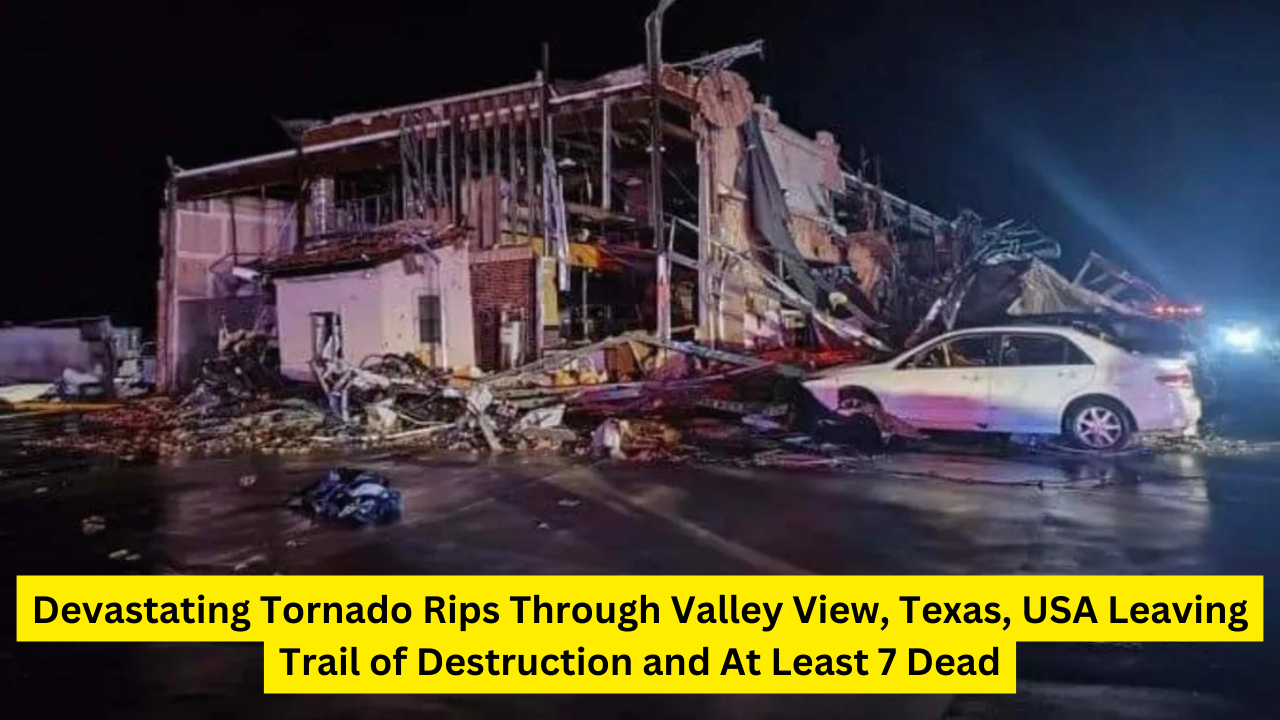The destructive wildfires that recently burned Texas, especially in the Panhandle region, have sparked worries about the effects on the ecosystem and local communities. We explore the aftermath of the Texas wildfires in this extensive piece, with a particular emphasis on Smokehouse Creek. Let’s examine the ramifications, the path to healing, and the ways in which nearby towns are managing the fallout.
Understanding the Scale of the Texas Wildfires
Large areas of land as well as wildlife have been severely impacted by the Texas wildfires of 2024, which have been exceedingly damaging of disastrous. This natural disaster was most severe in the Panhandle region, which is renowned for its varied environments. Communities as a whole wildlife, and the environment have all been negatively impacted for some time by the intensity of the flames and the sheer size of the afflicted areas.
Smokehouse Creek: A Microcosm of Environmental Impact

1. The Environmental Toll
Once a healthy watercourse, Smokehouse Creek today serves as a somber symbol of the damage the wildfires have caused to the environment. Soil erosion brought on by the removal of greenery alongside the creek banks has an impact on aquatic creatures and the condition of the water. The ecosystem’s delicate equilibrium has been upset, necessitating immediate repair work.
2. Wildlife Displacement
Many different kinds of wildlife have been forced to abandon their native habitats due to the fires. Smokehouse Creek’s thriving environment is currently in need of restoration, having once supported a wide variety of wildlife. For conservationists and local officials, the survival and adaption of species in the wake of such calamities present crucial concerns.
Community Resilience in the Face of Adversity
3. Impact on Local Businesses
In addition to having a negative impact on the natural environment, the Texas wildfires have severely hurt regional companies, particularly those in the Panhandle. Many people are finding it difficult to reestablish their standard of living as a result of the disaster’s economic repercussions. This section examines the difficulties that businesses encounter, highlighting the importance of community support.
4. Community-led Restoration Initiatives
Communities near Smokehouse Creek have come together to start reconstruction work in the midst of the destruction. Replanting, preventing erosion, and restoring environments are ongoing projects that involve volunteers, locals, and environmental organizations. This neighborhood-based strategy demonstrates the tenacity and resolve needed to bring Smokehouse Creek back to its former splendor.
Navigating the Road to Recovery
5. Government Response and Policies
Both the state and federal governments quickly triggered emergency response plans to deal with the immediate aftermath after the flames caused devastation. Let’s now turn our attention to the long-term strategies created for environmental restoration. These tactics seek to not only recover but also prosper.
Imagine having a detailed road map that shows how to restore our country. Restoring the ecology will involve anything from planting new trees in burned areas to putting sustainable methods into place. Consider it as a group endeavor to welcome rebirth and turn the page on destruction.
In addition, a variety of actions are being taken to assist the impacted communities. Initiatives for community engagement, resource allocation, and assistance are planned. It’s important to promote resiliency and unity in addition to rebuilding.
Basically, after the first reaction, a deliberate and proactive strategy is developing. It’s a promise to guarantee a greener, brighter future for everybody, in addition to healing the scars left by the flames.
6. Sustainable Practices for the Future
Implementing environmentally friendly methods becomes critical as the rehabilitation procedure proceeds. In addition to discussing methods for averting future wildfires and promoting a more sustainable environment, this section emphasizes the significance of environmentally friendly conscious steps in the reconstruction of communities and ecosystems.
Conclusion
To sum up, Smokehouse Creek and the surrounding surroundings will never be the same due to the Texas wildfires. The road to recovery is a team effort that includes sustainable practices, community resilience, and environmental preservation. We provide the conditions for Smokehouse Creek and the Panhandle region to have a better, more sustainable future by realizing the extent of its consequences and actively taking part in restoration projects.





